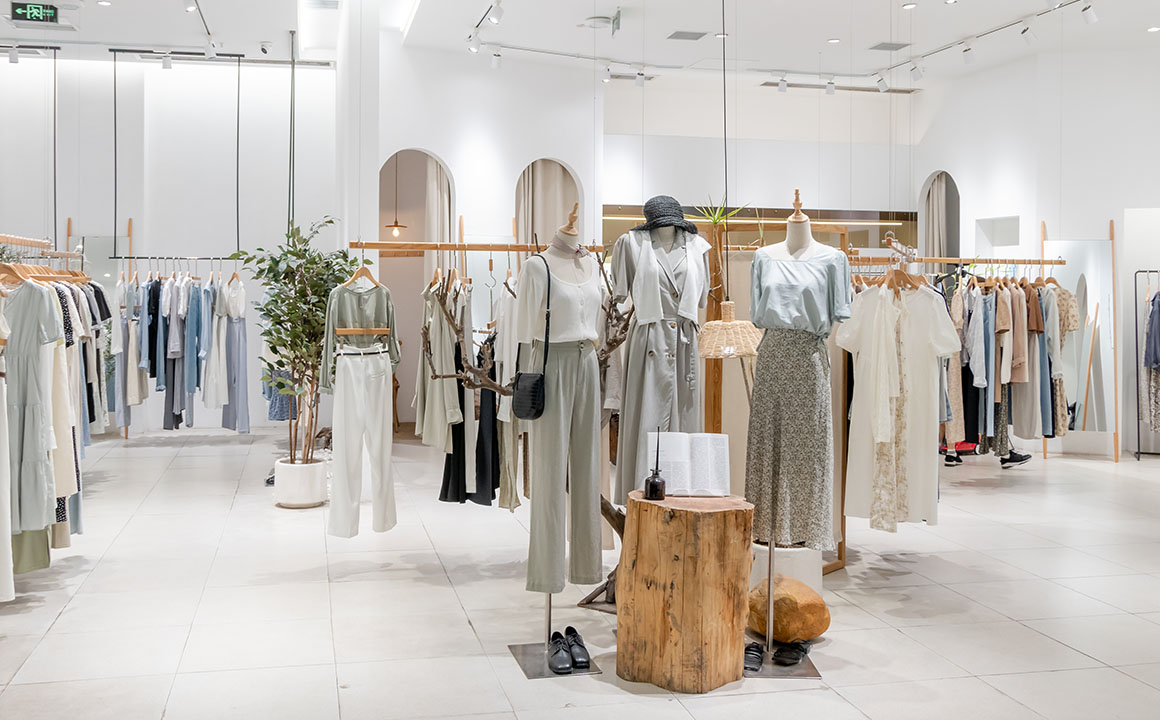The Impact of Augmented Reality in Retail

Augmented reality (AR) technology is becoming a game-changer in the retail industry. With the ability to overlay digital content onto the physical world, AR is redefining the way people shop. Retailers are leveraging this technology to improve customer experiences, increase brand engagement, and revolutionize in-store shopping. This article explores the various ways AR is making an impact in the retail sector.
Enhancing In-Store Navigation
Large retail stores and shopping centers can often be overwhelming for customers, as they struggle to navigate through endless aisles to find specific products. AR technology enables customers to access interactive, computer-generated maps that guide them effortlessly through stores, increasing satisfaction and reducing stress during their shopping trips.
Streamlining Ordering
AR is helping retailers provide more immersive, interactive experiences to customers by bringing products to life. For example, customers can use their smartphones to scan products and unlock additional information, such as product demonstrations, 3D animations, or customer reviews. This ultimately enhances product engagement and can lead to better purchase decisions. Moreover, retailers can employ ordering kiosks to complement AR capabilities in stores and improve the overall ordering process of their customers.
Personalizing the Shopping Experience
Retailers can also use augmented reality to tailor the shopping experience to individual consumer preferences. Gathering data on customer interests and shopping habits allows retailers to create customized AR experiences, such as displaying personalized promotions and recommendations while customers are browsing in-store.
The Virtual Try-On Experience
One of the most significant ways AR is transforming retail is through virtual try-on experiences. Customers can now virtually try on clothing, accessories, and even makeup without stepping into a store. By using their smartphones or AR-enabled mirrors, shoppers can see what products look like on them in real time, saving time and increasing confidence in their purchases.
Challenges and Considerations
- Implementing AR technology requires a significant investment in time, resources, and infrastructure. Retailers must ensure they can effectively integrate this technology into their existing systems and processes.
- Customers need to be educated about the benefits of AR and how to use it effectively. Retailers should consider incorporating user tutorials or in-store assistance to guide consumers through the process.
- AR technology is not yet universally accessible, with many devices and platforms still lacking comprehensive AR support. Retailers must consider the limitations of the technology and invest in platforms that can accommodate evolving AR capabilities.
Projected Impact on Sales
AR technology is more than just a flashy gimmick; it has the potential to drive significant revenue growth for retailers. By enhancing customer experiences and empowering shoppers with useful information, AR can encourage higher conversion rates, repeat visits, and increased customer loyalty. The Goldman Sachs Global Investment Research predicts that by 2025, the AR and virtual reality (VR) market could reach around $35 billion in retail alone.
AR and eCommerce
In addition to its in-store applications, AR technology is beginning to revolutionize the world of eCommerce. Customers now have the ability to virtually try out furniture or home decor in their own living spaces, which can help them make more informed purchasing decisions. Online retailers can also use AR to provide virtual tours of their products, allowing for more immersive, up-close inspections before customers decide to buy.
Training and Collaboration
Another area where AR is making a significant impact in retail is employee training and collaboration. By using AR to simulate various tasks and situations, retailers can provide a more engaging and effective training experience for their staff. AR technology can also be used to facilitate real-time collaboration between employees, allowing them to overlay digital information on physical objects and share perspectives to problem-solve more efficiently.
Future Developments
As technology continues to evolve, retailers will need to stay current with the latest AR advancements and explore how to integrate those improvements into their business models. This could involve incorporating virtual assistants to guide customers in-store, implementing advanced facial recognition for more personalized experiences, or creating entirely new retail environments that merge the physical and digital worlds.
Conclusion
Augmented reality is transforming the retail landscape, enabling brands to create more engaging, personalized experiences for their customers. From virtual try-ons to in-store navigation assistance, AR is revolutionizing the way we shop and enhancing the overall customer experience. As AR technology continues to advance and mature, the possibilities for further retail innovation are boundless.
Share via:





Leave a Comment